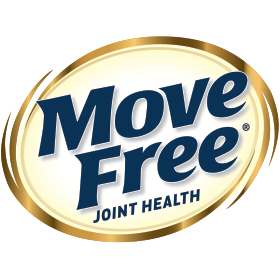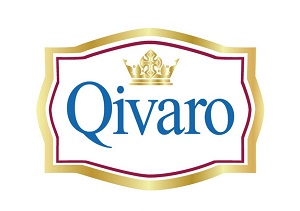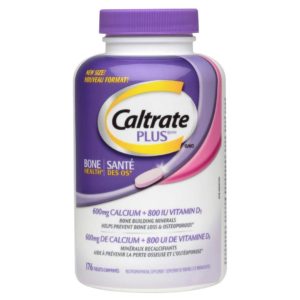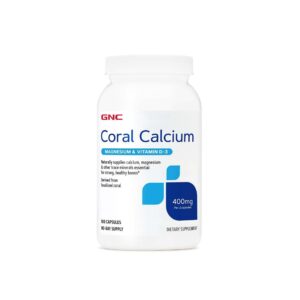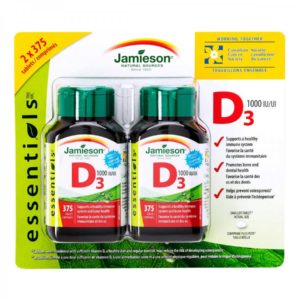
Comprehensive prevention of osteoporosis
Bone density test: Understand your bone health
48-year-old Xiuru is entering menopause, and her doctor advised her to be aware of osteoporosis. A neighbor told her that a nearby pharmacy was offering free treatments.Bone densityShe needs to get tested, but how should she choose and interpret the test results?
Bone density increases rapidly during puberty, peaking around age 30-35, and then slowly declines at a rate of 0.1-0.31 TP4T per year. After menopause, due to estrogen deficiency, the rate of bone loss accelerates to 3-51 TP4T per year, slowing down after 5-8 years. Dr. Yang Zaixing, director of the Reproductive Medicine Center at Chung Shan Hospital, points out that effectively reducing bone loss within 10 years after menopause can result in retaining 301 TP4T more bone mass than others. Bone loss in men usually occurs later, becoming noticeable around age 65-70. Besides age, endocrine disorders, gastrointestinal diseases affecting calcium absorption, and the use of steroid medications can all lead to osteoporosis. Therefore, it is recommended that women experience bone density testing when they experience menopausal symptoms between the ages of 45 and 50.
Currently, the medical community recommends including "once-in-a-lifetime bone density screening" in the National Health Insurance program, but this has not yet been implemented. Dr. Yang Zaixing suggests that people can pay for bone density testing themselves (approximately NT$600-800). Dr. Tsai Ying-mei, Director of the Department of Obstetrics and Gynecology at Kaohsiung Medical University Hospital, further suggests that postmenopausal women, if their finances permit, can have the test done annually to track bone loss.
There are various bone mineral density (BMD) testing instruments on the market, but dual-energy X-ray absorptiometry (DXA) is considered the gold standard, accurately measuring bone mineral density in areas prone to fractures, such as the lumbar spine and hip. A DXA test only takes 5 minutes to obtain a BMD value. While smaller testing instruments are convenient, their accuracy is lower and they are prone to misdiagnosis.
In a DXA test report, the T-score is an important indicator for diagnosing osteoporosis, representing the difference between an individual's bone mineral density and that of a healthy young person.
T-score > -1: Normal bone density
-1 ≥ T value > -2.5: Osteogenesis imperfecta
T-score ≤ -2.5: Osteoporosis
Menopausal women and men over 65 years of age can use the T-score to determine osteoporosis, while younger men and women should refer to the Z-score. The Z-score is compared with that of people of the same age. If it is lower than –1.5, further examination is required.
Treatment of osteoporosis: Drug selection
Xiuru's test results showed low bone density, and her doctor recommended hormone therapy. Besides hormone therapy, what other medications can treat osteoporosis?
Hormone therapy is currently the only osteoporosis prevention medication covered by health insurance, making it the first-line treatment for women experiencing menopausal symptoms without contraindications. However, it's important to note that low-dose therapy should be used within ten years of menopause to reduce the risk of cardiovascular disease.
Other medications for osteoporosis include bisphosphonates, selective estrogen receptor modulators (SERMs), calcitonin, parathyroid hormones, and strontium salts. Novel targeted therapies are also under development and will provide more treatment options in the future.
Prevention of osteoporosis: a balanced diet and regular exercise
In addition to taking medication, Xiuru also takes calcium supplements every day. Is that enough?
Calcium supplements alone are insufficient to prevent osteoporosis. The National Osteoporosis Foundation in the United States recommends supplementing with vitamins D, K, B6, B12, phosphorus, and protein. Vitamin D promotes calcium absorption and can be obtained from dark green vegetables, fish, eggs, or sunlight exposure; vitamin K increases bone formation and can be obtained from dark green vegetables and vegetable oils; vitamins B6 and B12 help osteoblasts function and can be obtained from meat, fish, eggs, and milk; protein provides bone strength and elasticity and can be obtained from meat, seafood, legumes, and grains. During puberty, consuming 400-800 mg of calcium daily can reduce the risk of osteoporosis during menopause.
Fracture Risk Assessment and Prevention
Xiuru's friend Fenfen suffered a vertebral compression fracture even though her bone density test was normal. Why did this happen? How can it be prevented?
Patients with osteoporosis have a five times higher risk of fractures than the general population. (This information is from the World Health Organization (WHO)).Fracture riskThe FRAX assessment report can evaluate the probability of developing osteoporotic fractures within the next ten years. Those with a high probability should receive prompt and aggressive treatment.
Exercise and Bone Health
Xiuru was worried that exercise would causefractureHow should I exercise?
Weight-bearing exercises, such as brisk walking, running, and dancing, help maintain bone health. However, patients with osteoporosis should choose low-impact exercises, such as brisk walking or water sports. When performing stretching exercises, care should be taken to avoid overstretching. Improving muscle strength can strengthen bones, enhance balance, speed up reaction time, and reduce the risk of fractures. High-frequency vibration therapy is currently still an adjunct therapy and cannot replace exercise.
Related Post:
Related Products:
-
Jamieson – Calcium Concentrate 650mg + Vitamin D3 400IU 120 capsules
Original price was: $108.00.$88.00Current price: $ 88.00. Add to basket -
caltrate – Calcium 600mg + Vitamin D3 800IU & Minerals (Value Pack) 176 capsules
Original price was: $198.00.$180.00Current price is: $180.00. Add to basket -
Jamieson – Vitamin D3 1000IU 375 Capsules 2-pack
Original price was: $180.00.$148.00Current price is: $148.00. Add to basket



















